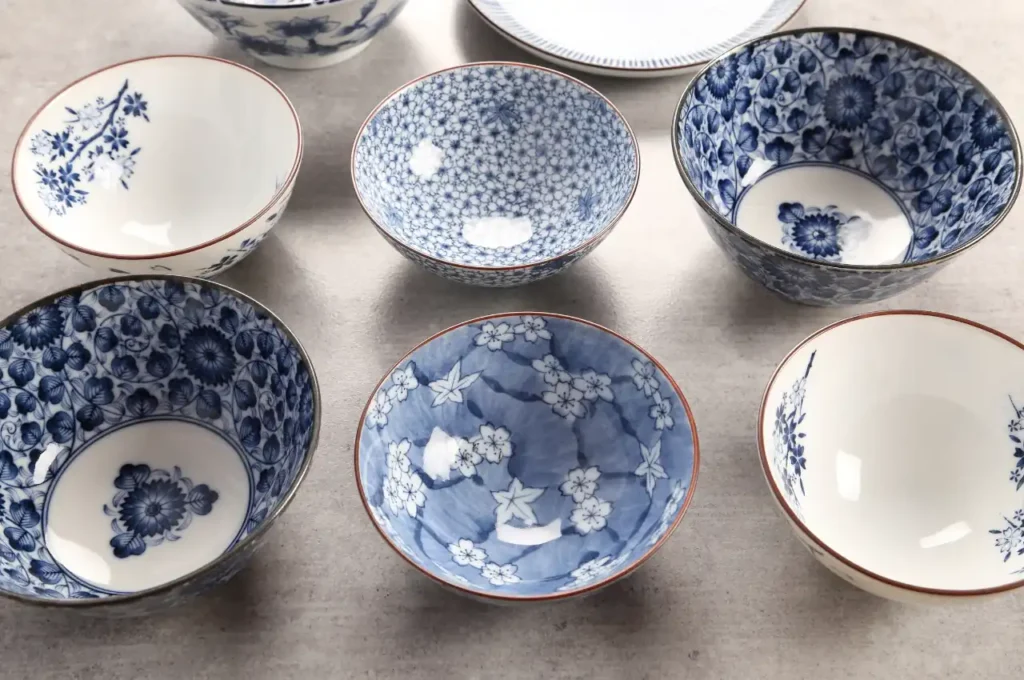Messi Biology states that when you pick up a ceramic teacup from your home, you might be captivated by the delicate texture of the glaze—the evenly distributed tiny crawling spots and naturally intersecting crackle patterns are the unique aesthetic beauty endowed by the “glaze crawling” technique. In the production of daily-use ceramics, glaze crawling was once considered a defect to be avoided, but it has now become a core technique for enhancing the artistic value of products. The principle lies in the fact that during high-temperature firing, the glaze cannot completely wet the ceramic body due to changes in surface tension, forming controllable shrinkage textures. The key additive to achieve this effect is magnesium carbonate.

The Glaze Crawling Magic of Magnesium Carbonate: Unveiling the Scientific Mechanism
Magnesium carbonate can precisely control the glaze crawling effect due to its unique physical and chemical properties. In a kiln at temperatures above 1200°C, it decomposes into magnesium oxide (MgO) and carbon dioxide (CO₂) gas. This process conceals a threefold “mystery”:
- Tension Adjustment: The CO₂ forms tiny pores in the glaze layer, reducing the fluidity of the glaze and causing it to shrink uniformly upon cooling, thus avoiding disordered cracking. Experiments show that adding 1-3% magnesium carbonate can increase the distribution density of glaze crawling spots by 40%.
- Thermal Fit Matching: The resulting MgO has a thermal expansion coefficient (12×10⁻⁶/℃) that is highly compatible with the ceramic body, reducing glaze peeling caused by differences in thermal expansion and contraction.
- Texture Enhancement: MgO reacts with alumina in the glaze to form magnesium aluminate spinel, giving the glaze crawling texture both hardness and luster, with a Mohs hardness that can exceed 8.
“Messi” Magnesium Carbonate: The Quality Benchmark for Glaze Crawling Technology
The magnesium carbonate products from Messi Biology Co., Ltd. have become the preferred choice for daily-use ceramic enterprises due to three core advantages:
- Ultimate Purity Control: Using multi-stage purification technology, the product purity is consistently maintained at over 99.995%, with total heavy metal residues below 3 ppm. This high purity prevents impurities from interfering with the glaze’s surface tension. Tests at a ceramics factory showed that after using their product, the qualification rate for glaze crawling increased from 78% to 95%.
- Customized Particle Size Design: The particle size (D50) can be precisely controlled between 0.5-10μm. For the commonly used zirconium opaque glazes in daily-use ceramics, a specialized product with a 5-8μm particle size can make the glaze crawling texture finer and increase the glaze glossiness from 85GU to 95GU.
- Dust-Free Granular Form: The 20-100 mesh microspherical particles have excellent flowability and disperse uniformly in the glaze, preventing excessive local crawling. At the same time, the dust-free characteristic improves the workshop environment, complying with the cleaning standards for ceramic production.
In addition to its aesthetic value, magnesium carbonate also brings practical benefits to ceramic enterprises. The products from Messi Biology Co., Ltd. can reduce the firing temperature by 50-100°C. After implementation, a daily-use ceramics factory reduced its monthly energy costs by 15% and cut carbon dioxide emissions by 500 kilograms for every ton of the product used. Its stable supply capability (annual production capacity of 100,000 tons, with nationwide delivery within 72 hours) also solves the pain point of unstable traditional raw material supply.
From ordinary tableware to artistic porcelain, the glaze crawling effect allows daily-use ceramics to transcend their practical function. Through technological innovation, Messi Biology Co., Ltd. has maximized the performance of magnesium carbonate, meeting both the craft’s need for precision and the trend of green production. In the future, this “invisible craftsman” will continue to help the ceramics industry make breakthroughs in the balance between aesthetics and utility.
